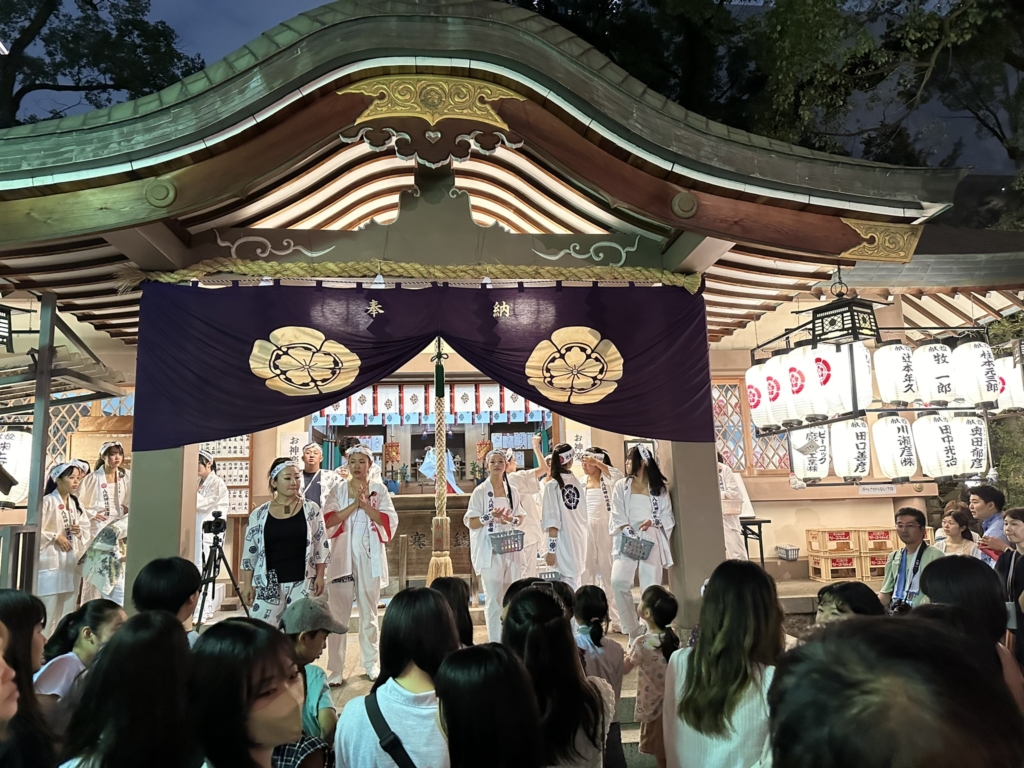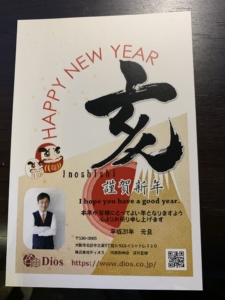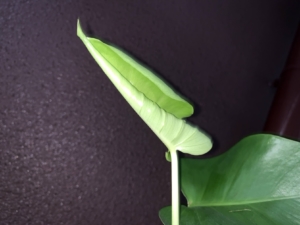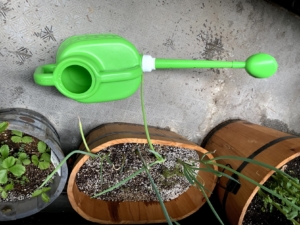
Dear Esteemed Guests,
We are delighted to share that some of our esteemed foreign guests, including directors of overseas pavilions for the 2025 Osaka Expo, have already begun settling into their apartments in Osaka. While we understand that preparations for the expo keep you busy, we warmly encourage you to take some time to experience the traditional cultural festivities that Japanese summers have to offer.
On July 14th, a small shrine near Osaka hosted a summer festival. The highlight of this event was the spirited movement of the heavy portable shrines, carried by robust men. It was a powerful display of human vitality, almost as if paying tribute to the gods. As you may know, Kyoto’s famous Gion Festival reaches its climax on July 16th. In Osaka, the Tenjin Festival takes place on July 24th and 25th, followed by the Yodogawa Fireworks Festival on August 3rd. Despite the high humidity and heat of Japanese summers, these festivals offer a refreshing and enjoyable experience. It’s a testament to the wisdom of our ancestors, who found ways to feel cool and comfortable even without air conditioning.
At a recent summer festival near Shitennoji Temple, the “Kongō Gumi” construction company had a booth. This company, renowned for building temples and shrines, has a history dating back 1,400 years to the Nara period, making it the oldest corporation in the world. They utilize traditional carpentry techniques, assembling wooden structures without nails, using intricate joinery instead. I had the pleasure of exchanging business cards with their sales manager and even inquired if they could build a house for me, to which I received a positive response.
Kongō Gumi graciously gifted me a cypress coaster, accompanied by a note stating, “This coaster is resistant to humidity but vulnerable to fire. Its durability exceeds 1,000 years.” Such craftsmanship and attention to detail are truly remarkable.
We encourage our foreign guests residing in Osaka to take a short break and explore the local surroundings. Japan is brimming with fascinating experiences waiting to be discovered.
Warm regards, 









 This incident is a stark reminder of the unpredictable nature of household emergencies, especially for non-Japanese speakers. The tension that comes with unexpected issues can be overwhelming.
This incident is a stark reminder of the unpredictable nature of household emergencies, especially for non-Japanese speakers. The tension that comes with unexpected issues can be overwhelming.

















